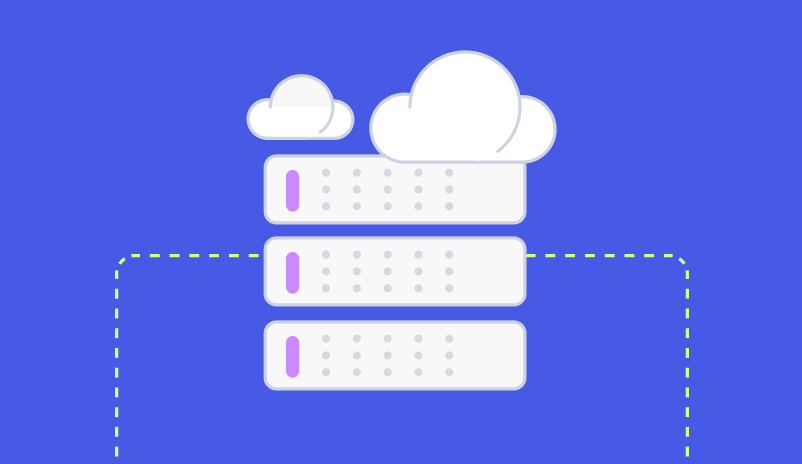Personalization and Interactivity: Why you should be using this perfect pairing
Every email marketer out there is looking for ways to get more opens, clicks, and conversions.
After all, even a modest lift in your most important email marketing metrics can translate to real returns on the bottom line.
So with all the tactics and techniques out there, two strategies have emerged.
One is using personalization in email. That just means trying to segment and focus emails on groups of people vs. sending one email to everyone on your list.
In a situation like this, a simple way to use it is to send all your Chicago based subscribers a Chicago-centric email. This type of content is a great way to get people interested and engaged with your emails because it speaks directly to them.
The other popular strategy is to use interactive content. This is content that gets your subscribers to actively engage with what they see.
Interactive content tends to get more clicks and conversions vs. static content. It gets readers excited about what they’ve got popping up in their inbox.
Where email marketers continue to focus
Litmus recently conducted a survey where they asked marketers about the top email design trends of 2019.
These were the five most popular responses:
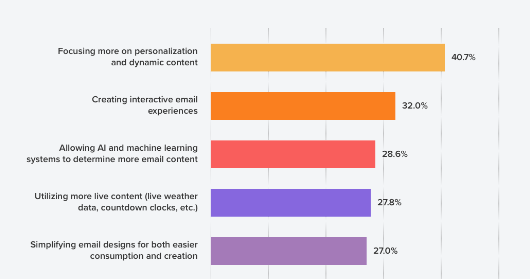
Notice anything that relates to what we were talking about before?
Including personalization as dynamic content and interactive content in emails were the top two answers. The fourth most popular response also plays into this, and that’s having more live content in emails.
You can probably notice a pattern here.
Consumers want emails that appeal to them and their specific wants and needs are visually appealing and drive them take action, and are dynamic.
Now, here’s what you should be doing to start capitalizing on these trends.
Combine personalization and interactivity into one.
This paring can offer you a massive advantage over your competitors because in one email you’re giving your subscribers the best of both worlds and driving engagement.
Let’s take a look at it in action.
Revealing content
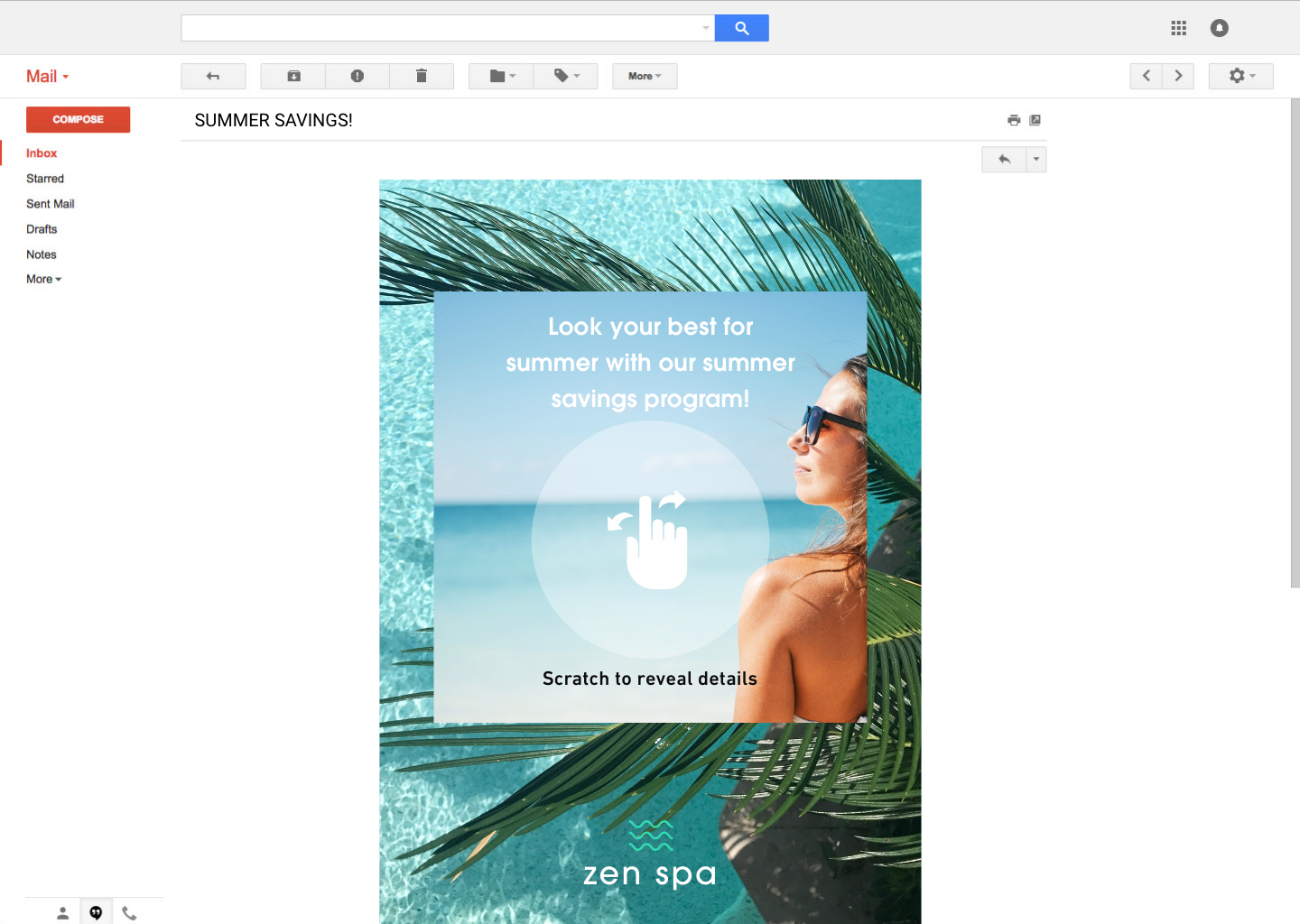
Take a look at this spa example.
This sort of email can be segmented to a specific subset of customers who are frequent buyers, especially in the summer months.
Now, lots of retailers can send out a SALE email, get some clicks, and call it a day. But by taking it just a step further and making this content more interactive, it intrigues the reader into participating.
They have to take an actual action beyond just clicking to reveal what the summer savings program is. The simple act of ‘scratching’ helps to trigger the reader’s brain to become more emotionally invested and take ownership of the results.
Using reveal marketing, you can tap into both personalization and interactivity to get people more interested in your products or services.
Interactivity in many forms
Another cool feature that brands are tapping into is using geo-location to personalize emails.
Check out the email below.
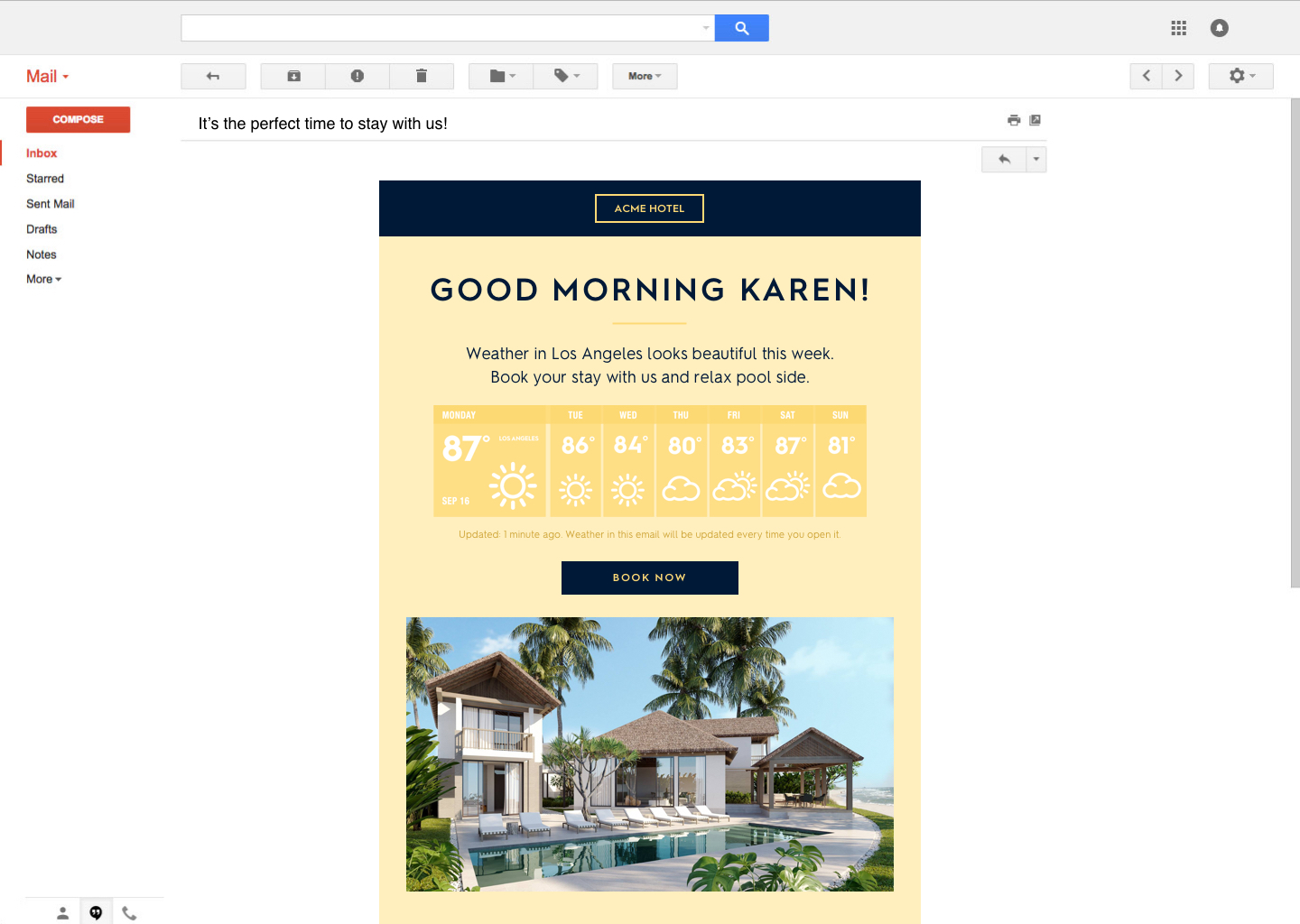
For a hotel, this is a clever use of both location and personalization.
Imagine it’s the dead of winter and one of your target customers, Karen, lives in Minneapolis. She’s surrounded by three feet of snow and gusting winds.
It’s more than likely she’s a bit fed up with her local weather. As an email marketer, you can use that. You can create an email that shows her what she could be enjoying in sunny California, where the weather is lovely this time of year, and entice her to book a trip.
Now, this email probably isn’t going to work if Karen lived in Miami or Phoenix, but because the personalization is targeted to a specific location, it’s speaking directly to the psychological and emotional needs of the target audience.
Weather and location are becoming increasingly popular methods of combining interactivity and personalization in emails.
Here’s another more practical use:
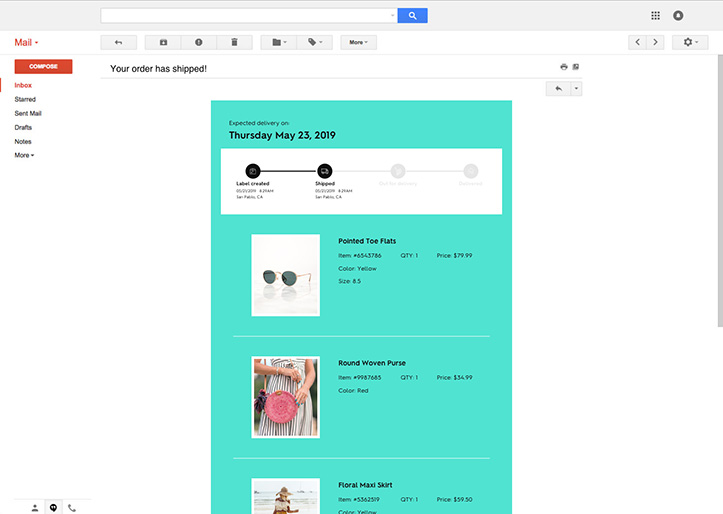
Transactional emails, like this shipping one, see some of the highest open rates out there. After all, who doesn’t want to know where their stuff is?
But with interactive and dynamic content in your transactional emails, you can start giving your customers much more specific and up to date information on what stage in the cycle their products are and when they will arrive.
That’s a much more transparent way of showing customers the shipping process, and it helps them have a much better sense of when things are going to arrive.
Even seemingly small details like this, if you choose to level them up, can make a really big positive impact on your customers.
Combining personalization and interactivity makes a difference
If you want to start standing out from the crowd and appealing to your customers in a way that targets the needs, wants, and even weather patterns proactively, this is the way to go.
Start learning how you can make your emails more personalized and interactive, so they better serve your customers and subscribers.
Grow your business and total sales




